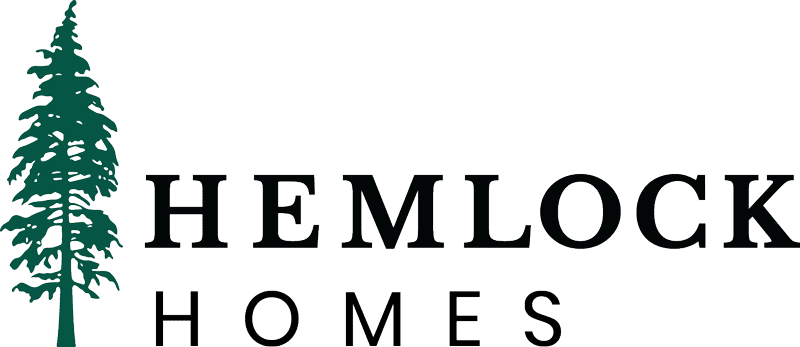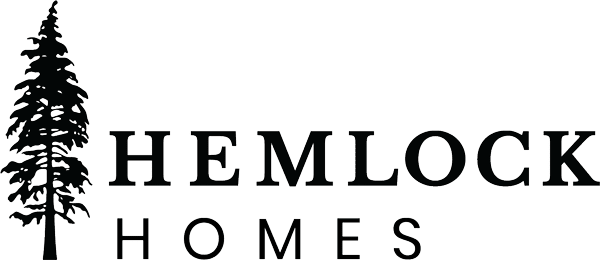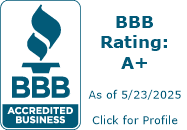FAQ
Frequently Ask Questions
Frequently Asked Questions
Building a new home is a significant undertaking that involves many steps and considerations.
For the planning/design/permit phase can take 6-12 months from the time that your building lot is purchased to breaking ground. This is one of the most important stages. A well-planned project is crucial to a successful and low-stress build.
The construction phase can take 6-12 months depending on the size and complexity of the project. Most average-sized family homes are completed within 10 months.
The cost of a custom home differs greatly depending on size and the complexity of the house design and building lot. Smaller homes will have a greater cost per square foot than larger homes.
Every home will need base costs such as a kitchen, bathrooms, mechanicals, doors and windows. Surprisingly these costs are only slightly greater comparative to the square footage in a larger home.
General interior space is the cheapest square footage in a home. The number of exterior walls compared to the home interior space will also drive up the cost per square foot. A house with and multiple angles and jogs with have a greater amount of exterior wall/interior space ratio than a square home.
Contact us to find out the most recent costs per square foot of the homes we have recently built
Start by calling us to help determine the type of home you want (e.g., size, style, features), give
you helpful tips as to what to look for in building lot and a rough building cost. We will guide you
through the planning phase with the architect or designer and help with construction plans and
determining a final budget.
Go to our process page for more information.
ways like creeks and streams that could overflow during spring runoff. Also, driveway access and the availability of utilities and infrastructure are very important and can prove costly in the
Kootenays
We offer the flexibility in choosing your own architect/designer or our own in-house designer. We understand the importance of choosing the right designer or architect for you that matches your preferred architectural style.
We have worked with multiple designers and architects in the past to suit the needs of our clients. Give us a call and we can further discuss your needs and what will work best for you to achieve your home-building goals.
Contact us for more information
Research local builders, check their references, visit their previous projects. Choose a builder with a good reputation, relevant experience, has good organizational skills, a clear contract and one who you feel you can communicate well with. Choosing a builder who offers complete transparency and who can clearly communicate costs and the building process leads to a successful and enjoyable building experience.
Contact us for more information.
Fixed cost and cost-plus contracts are two common types of contracts used in home construction. They differ in how they determine the price and payment structure for a project. Here’s an explanation of each:
Fixed Cost Contract:
Definition: In a fixed cost contract, also known as a lump-sum contract or a fixed-price contract, the contractor agrees to complete a specific scope of work for a predetermined, fixed price. This price is typically set before the project begins and does not change unless there are mutually agreed-upon changes to the scope of work (change orders).
Characteristics:
Predictable Costs: The client knows the exact cost of the project upfront, which can help with budgeting and financial planning.
Risk Transfer: The contractor bears the risk of cost overruns, unexpected issues, and delays. They must complete the project within the agreed-upon budget. Change Orders: Any changes to the project’s scope or specifications typically result in change orders with adjusted prices.
Advantages:
Budget Certainty: Clients have a clear understanding of the project’s total cost as long as the specifications included in the contract is clear and concise. Risk Management: Contractors are motivated to control costs and complete the project efficiently to protect their profit margins.
Disadvantages:
Limited Flexibility: Changes to the project can be costly and time-consuming. The builder is in an advantageous position to set whatever price they want and often use change orders to recover losses or cost overruns in other areas.
There may also have been aspects of the construction that were assumed to be included and subject to costly change orders leaving the homeowner feeling bound to the contract and not getting the house they dreamed of. Potentially Higher Initial and final Cost: Contractors will include contingencies in their bids to account for unforeseen issues. Most contractors will add 33% or more to the estimated cost of construction for profit and contingencies.
Quality of Construction: The quality of the home can sometimes be lower. A fixed cost contract might encourage some builders to cut corners on construction to increase profit. Especially if they have quoted too low and are at risk of losing money on the project.
Cost-Plus Contract:
Definition: In a cost-plus contract, the client agrees to reimburse the contractor for the actual costs incurred during the project, plus an additional amount (usually a fixed fee or percentage of costs) as profit. This type of contract is often used when the project’s scope is uncertain or the homeowner would like the flexibility to make and change their choices and to be more involvement in the construction process.
Characteristic:
Transparency: The client has visibility into the actual costs, including materials, labor, and overhead expenses. Builders using this contract should be providing the homeowner with all receipts for materials, subtrades and the timesheets for the builders’ employees to be reviewed by the homeowner.
Flexibility: Changes to the project scope are typically easier to accommodate without contract modifications or added costs.
Advantages:
Adaptability: Well-suited for projects with evolving requirements or uncertain conditions. Ideal for custom homes and those who want flexibility.
Collaboration: Clients and their builder work together to manage costs and make informed decisions to meeting the clients needs.
Disadvantages:
There is a level of trust the homeowner must have in the builders original estimate. That it is accurate and that they have a priority to work efficiently and to stay on budget.
Conclusion:
There are advantages and disadvantages to both types of contracts. It is the utmost importance to choose a reputable builder who cares about their work and the satisfaction of their clients.
challenges. Proper planning and a contingency fund can help mitigate these issues.
You can choose between Line of credit loan/home equity loan and a construction loan, which converts to a mortgage after construction. Work closely with your lender to understand your options.
Construction loan key aspects:
Purpose: Construction loans are used to pay for the expenses related to constructing a new
building, such as labor, materials, permits, and other construction-related costs. They are not used for purchasing land or an existing property.
Phases of Disbursement: Construction loans are disbursed in multiple phases, often called
“draws.” These draws occur at specific milestones in the construction process, most often
divided into 3 or more stages. Typically, lockup is the first stage. The homeowner will need
access to funds outside of the construction loan to cover the costs to achieve each stage. Then a lender typically sends an inspector to verify that the work has been completed before releasing funds for the next phase.
Interest Rates: Interest rates for construction loans can be higher than those for traditional mortgages because they are considered riskier for lenders. The interest is typically charged only on the amount disbursed, and borrowers pay interest-only payments during the construction phase.
Down Payment: Borrowers are usually required to make a down payment toward the construction costs. This down payment can vary. The equity in the building lot is sometimes used as the down payment.
Creditworthiness: Lenders consider the creditworthiness of the borrower when approving construction loans, as well as the borrower’s experience with construction projects. Builders may be required to provide detailed plans and cost estimates for the client to be approved.
Conversion to Permanent Mortgage: After construction is finished, borrowers typically convert
We offer an interior designer free of charge with all our custom homes to plan the interior layout, materials, colors,
and fixtures. Consider your lifestyle and preferences when making design choices.
All homes built in B.C. require registration and the 2-5-10 Warranty for new homes. For more information go to BC Housing for the minimum standards of coverage: Click here
As a licensed home builder, we continually strive to develop strong relationships with our sub-trades and homeowners to ensure the utmost level of craftsmanship. Our building science knowledge and attention to detail reflect our high standard of quality and dura
Regularly visit the construction site and communicate openly with your builder. But above all, hire a reputable builder who shows care for the homes they build.
Remember that building a new home is a complex process, and it’s important to work with professionals, stay organized, and remain flexible as you navigate the journey from concept to completion.
Have more question?
CLIENT FOCUSED
GETTING STARTED
If you are looking for a custom home builder, the first step is to call us or fill out our contact form. We look forward to hearing from you and discussing your future custom home



